Why are my Douglas fir turning brown?
Winter injury or infection from needlecast diseases could be turning your Douglas fir brown.
For those of you growing Douglas fir Christmas trees or who have Douglas fir in your landscape – if you think you are seeing browning or bronzing of needles when looking at your trees from a distance, don’t assume its winter injury. Take a closer look because it might be the needle casting disease called Swiss needlecast, caused by Phaeocryptopus gaeumannii, or Rhabdocline needlecast, caused by Rhabdocline pseudotsugae. (Photo 1 and 2)
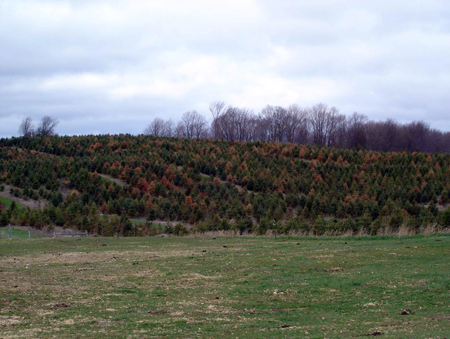
Photo 1. Field of Douglas-fir Christmas trees showing the browning
from Swiss Needlecast.
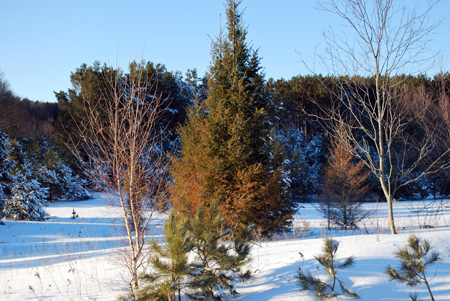
Photo 2. Douglas-fir in the landscape browning from Rhabdocline
needlecast.
These needle cast diseases can be infecting your trees for up to three years before you notice any symptoms; but whether it is the stress of winter, other stresses or a combination of events, we have seen this disease express its fruiting bodies with symptoms exploding on trees in early spring as the trees come out of winter. With Christmas trees these infections can limit the trees’ market potential and you may need to apply sprays for up to three years in order to mask the damage. So, take a closer look at those brown or bronzing branches on your Douglas fir.
Swiss needlecast symptoms first appear as browning on the tips of the needles. (Photo 3) These needles will eventually turn completely brown and fall off. Looking on the undersides of infected needles you will find two bands of little black specks along each side of the needle. A whitish, waxy looking plug normally sits where the black fruit bodies erupt through the needle’s surface. Both the white plug and the black fruit body are easily seen with a magnifying lens. (Photo 4) The white plugs are normal, but the black erumpent fruit bodies are a sign of the fungus indicating needle infection.
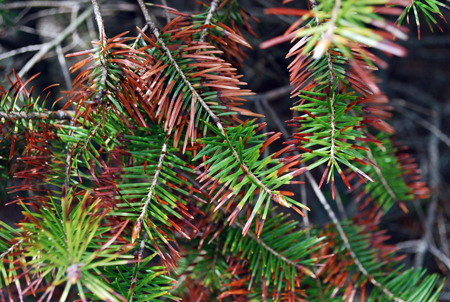
Photo 3. Typical browning of the needle tips from Swiss needlecast.
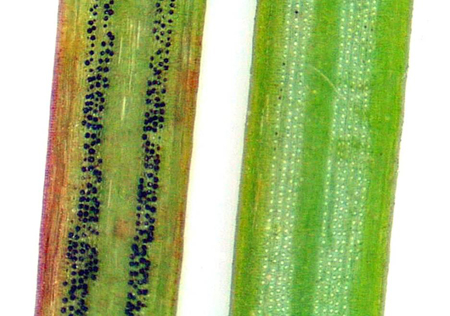
Photo 4. Needle on the left showing rows of black fruiting bodies
of Swiss needlecast.
Rhabdocline appears as brown to purplish-brown splotches on the needles. Usually just before budbreak, the banded areas will begin to swell and split open lengthwise on the undersurface of the infected needles. The fruiting bodies are spongy, orange in appearance, and will protrude from the undersurface when conditions are damp. (Photo 5)
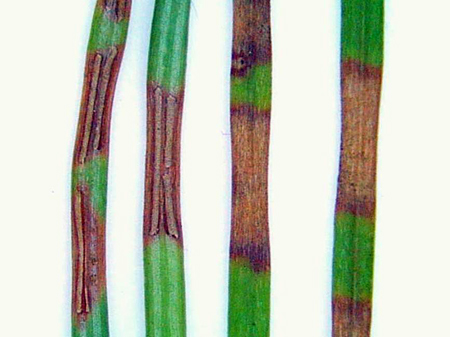
Photo 5. Purplish-brown lesion and typical fruiting body (left) of
Rhabdocline needlecast.
With the appearance of these fruiting bodies, a new cycle of needlecast begins when the fruiting bodies are formed in the spring. To prevent these spores from continuing their infection cycle, fungicides should be applied when the new shoots are one-half to two inches long. A second application is usually required within two to three weeks. A third spray may even be necessary if we have a wet spring. The fungicide materials that work on Rhabdocline are effective on the Swiss needle cast pathogen; you will get control of two diseases for the price of one. Severely infected trees will need to be treated for several years to make them salable as Christmas trees. Always follow label instructions when spraying.



 Print
Print Email
Email

